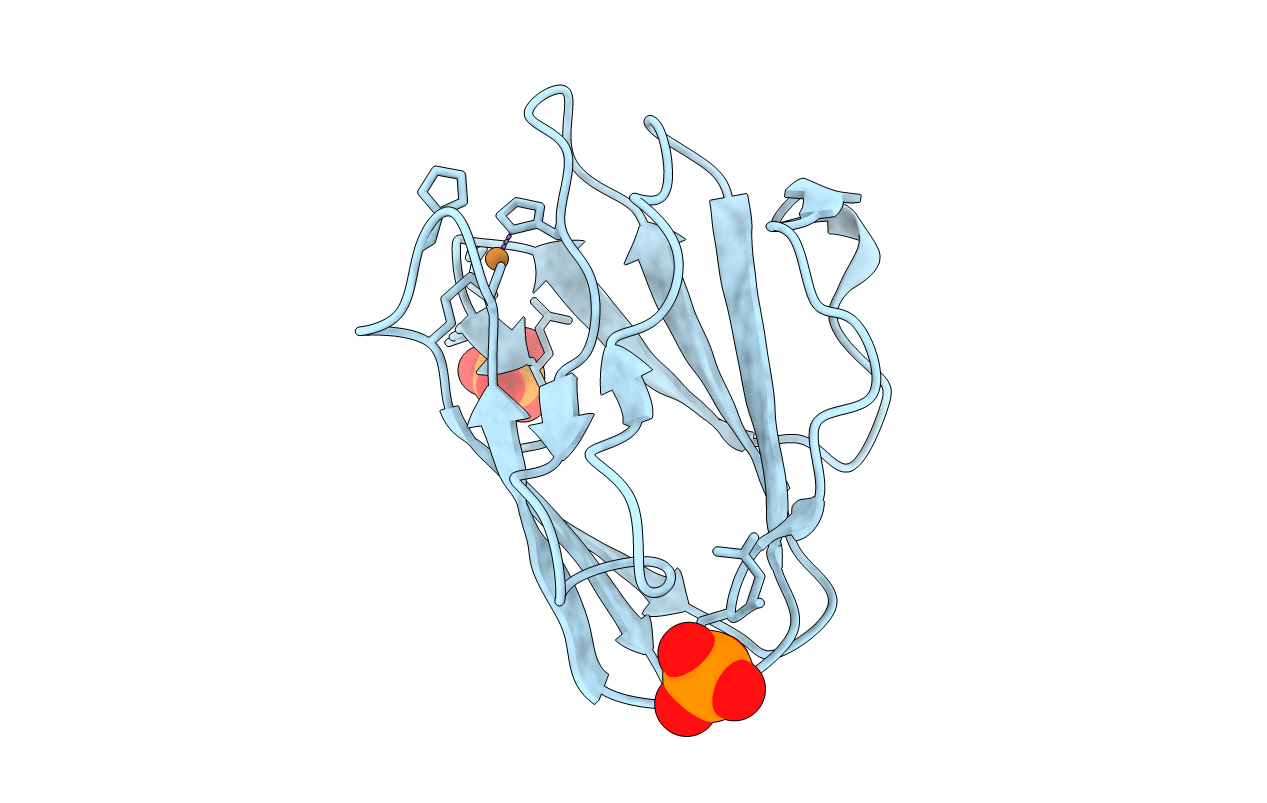
Deposition Date
2007-06-21
Release Date
2007-12-11
Last Version Date
2024-11-06
Entry Detail
PDB ID:
2QDW
Keywords:
Title:
Structure of Cu(I) form of the M51A mutant of amicyanin
Biological Source:
Source Organism:
Paracoccus denitrificans (Taxon ID: 266)
Host Organism:
Method Details:
Experimental Method:
Resolution:
0.92 Å
R-Value Free:
0.14
R-Value Work:
0.12
R-Value Observed:
0.12
Space Group:
P 1 21 1


